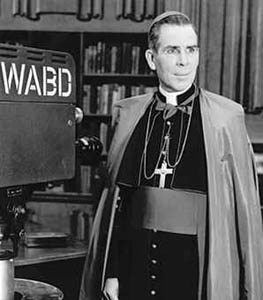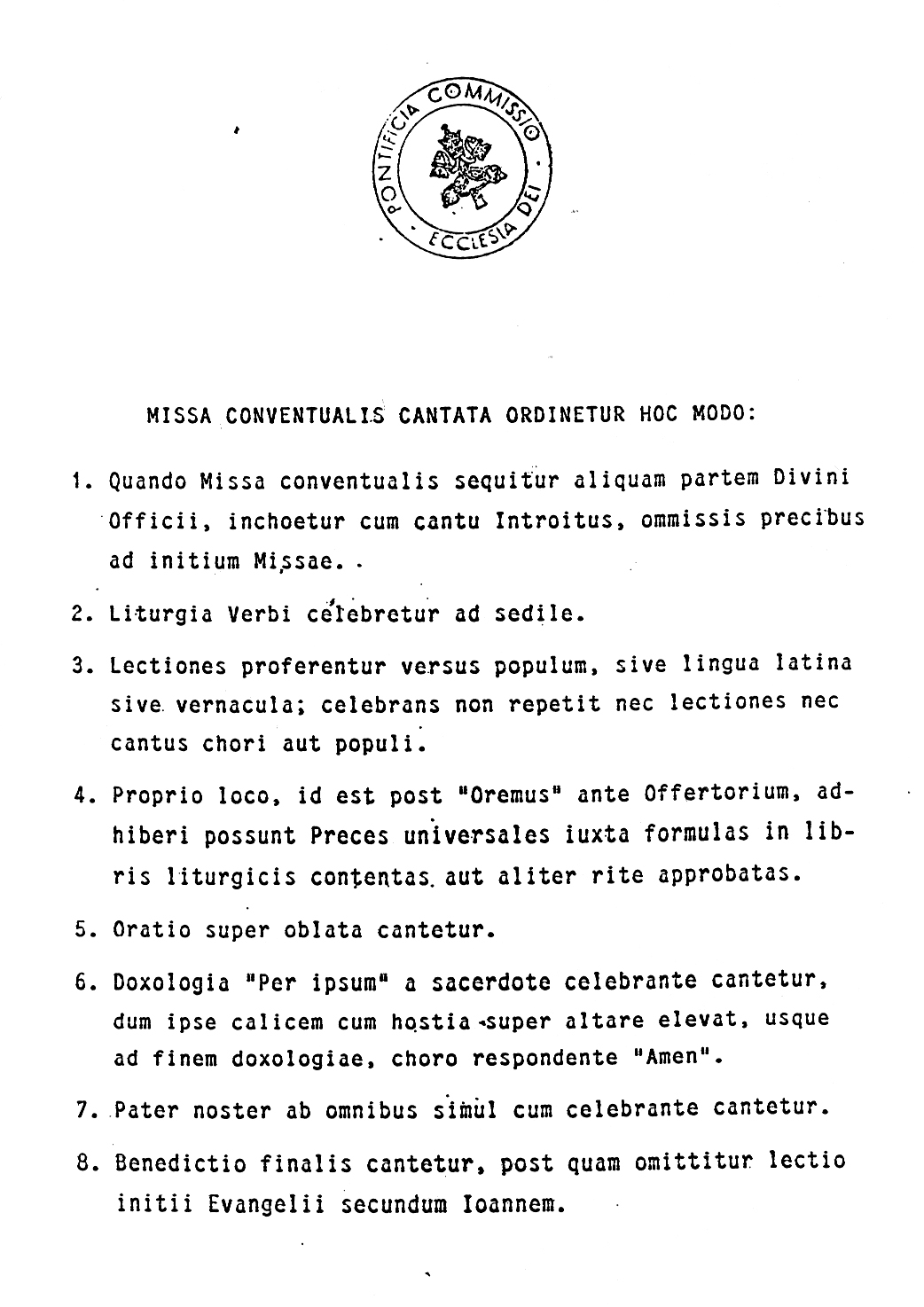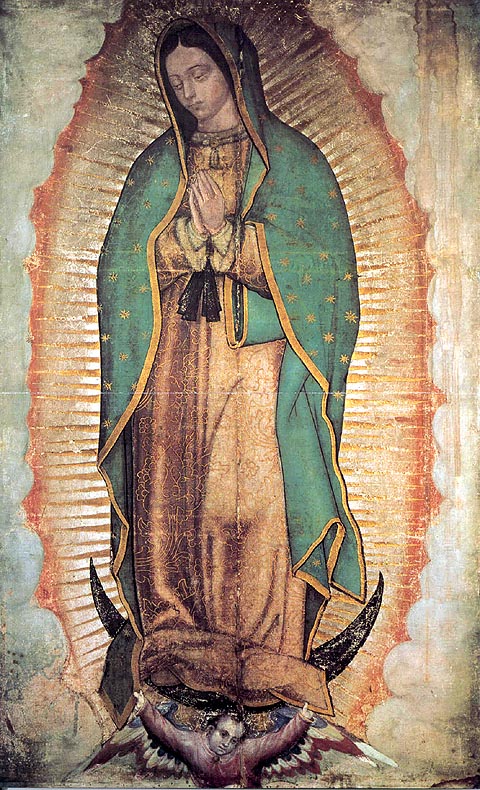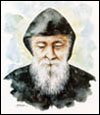
The absolutely prophetic nature of this essay by the great communicator and servant in the Lord's vineyard, Bishop Fulton Sheen is profound and begs to be repeated again and again.
Remember when you are reading that Sheen wrote these words in 1950.
Emphasis throughout is mine: s
Mary and the Moslems
by Bishop Fulton J. Sheen
J.M.J.
Moslemism is the only great post-Christian religion of the world. Because it had its origin in the seventh century under Mohammed, it was possible to unite within it some elements of Christianity and of Judaism.
Moslemism takes the doctrine of the unity of God, His Majesty, and His Creative Power, and uses it as a basis for the repudiation of Christ, the Son of God.
Misunderstanding the notion of the Trinity, Mohammed made Christ a prophet only.
The Catholic Church throughout Northern Africa was virtually destroyed by Moslem power and at the present time, the Moslems are beginning to rise again.
If Moslemism is a heresy, as Hilaire Belloc believes it to be, it is the only heresy that has never declined, either in numbers, or in the devotion of its followers.
The missionary effort of the Church toward this group has been, at least on the surface, a failure, for the Moslems are so far almost unconvertible. The reason is that for a follower of Mohammed to become a Christian is much like a Christian becoming a Jew. The Moslems believe that they have the final and definitive revelation of God to the world and that Christ was only a prophet announcing Mohammed, the last of God's real prophets.
Today, the hatred of the Moslem countries against the West is becoming hatred against Christianity itself. Although the statesmen have not yet taken it into account, there is still grave danger that the temporal power of Islam may return and, with it, the menace that it may shake off a West which has ceased to be Christian, and affirm itself as a great anti-Christian world power.
It is our firm belief that the fears some entertain concerning the Moslems are not to be realized, but that Moslemism, instead, will eventually be converted to Christianity — and in a way that even some of our missionaries never suspect.
It is our belief that this will happen not through the direct teaching of Christianity, but through a summoning of the Moslems to a veneration of the Mother of God.
This is the line of argument:
The Koran, which is the bible of the Moslems, has many passages concerning the Blessed Virgin. First, the Koran believes in her Immaculate Conception and in her Virgin Birth. The third chapter of the Koran places the history of Mary's family in a genealogy that goes back through Abraham, Noah, and Adam. When one compares the Koran's description of the birth of Mary with the apocryphal Gospel of the birth of Mary, one is tempted to believe that Mohammed very much depended upon the latter.
Both books describe the old age and the definite sterility of Anne, the mother of Mary. When, however, Anne conceives, the mother of Mary is made to say in the Koran: "O Lord, I vow and I consecrate to you what is already within me. Accept it
from me."When Mary is born, her mother, Anne, says: "And I consecrate her with all of her posterity under thy protection, O Lord against Satan!
"The Koran has also verses on the Annunciation, Visitation, and nativity.
Angels are pictured as accompanying the Blessed Mother and saying, "O Mary, God has chosen you and purified you, and elected you above all the women of the earth."In the nineteenth chapter of the Koran, there are forty-one verses on Jesus and
Mary. There is such a strong defense of the virginity of Mary here that the Koran, in the fourth book, attributes the condemnation of the Jews to their monstrous calumny against the Virgin Mary.
Mary, then, is for the Moslems the true 'Sayyida, or Lady. The only possible serious rival to her in their creed would be Fatima, the daughter of Mohammed himself.
However, after the death of Fatima, Mohammed wrote: "Thou shalt be the most
blessed of all the women in Paradise, after Mary."In a variant of the text, Fatima is made to say, "I surpass all the women, except Mary."
This brings us to our second point, namely, why the Blessed Mother, in this twentieth century, should have revealed herself in the insignificant little village of Fatima, so that to all future generations she would be known as "Our Lady of Fatima.
"Nothing ever happens out of heaven except with a finesse of all details. I believe that the Blessed Virgin chose to be known as "Our Lady of Fatima" as a pledge and a sign of hope to the Moslem people, and as an assurance that they, who show her so much respect, will one day accept her Divine Son, too.
Evidence to support these views is found in the historical fact that the Moslems occupied Portugal for centuries. At the time when they were finally driven out, the last Moslem chief had a beautiful daughter by the name of Fatima.
A catholic boy fell in love with her, and for him she not only stayed behind when the Moslems left, but even embraced the Catholic faith. The young husband was so much in love with her that he changed the name of the town where he lived to Fatima. Thus, the very place where Our Lady appeared in 1917 bears a historical connection to Fatima, the daughter of Mohammed.
The final evidence of the relationship of Fatima to the Moslems is the enthusiastic reception that the Moslems in Africa and India and elsewhere gave to the Pilgrim statue of Our Lady of Fatima. Moslems attended the Catholic services in honor of Our Lady; they allowed religious processions and even prayers before their mosques; and in Mozambique the Moslems, who were unconverted, began to be Christian as soon as the statue of Our Lady of Fatima was erected.
Missionaries in the future will increasingly see that their apostolate among the Moslems will be successful in the measure that they preach Our Lady of Fatima. Because the Moslems have a devotion to Mary, our missionaries should be satisfied merely to expand and to develop that devotion with the full realization that Our Blessed Lady will carry the Moslems the rest of the way to her Divine Son.
As those who lose devotion to her lose belief in the Divinity of Christ, so those who
intensify devotion to her gradually acquire that belief.











